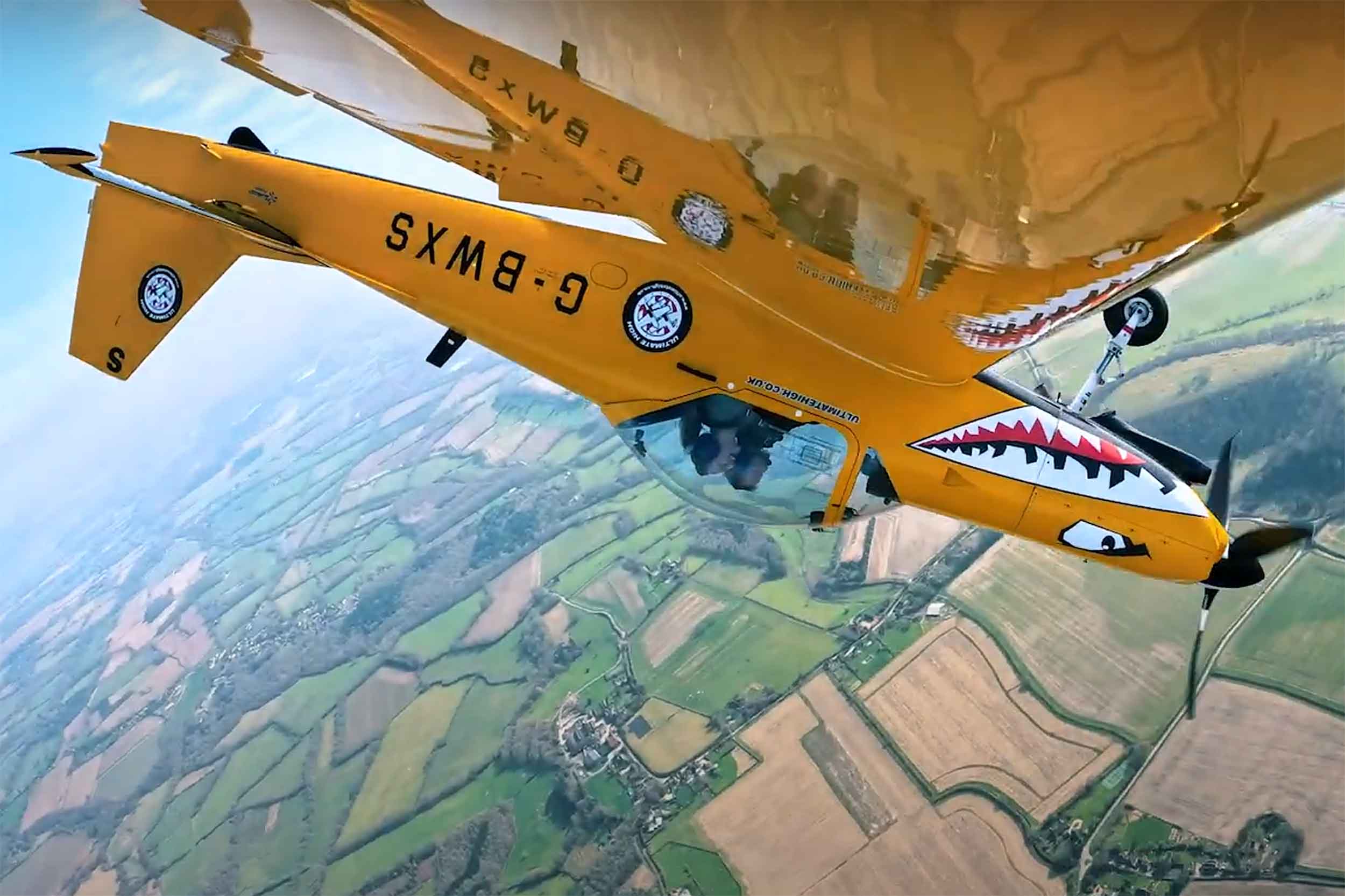Recovering from a stall in a GA aircraft might sound straightforward but different training approaches can complicate things.
In the UK, instructors are required to teach separate techniques depending on the type of training — whether for Private Pilot Licence (PPL), Upset Prevention and Recovery Training (UPRT), Limited Panel Instrument recoveries, or specific aircraft requirements, like those recently issued by Diamond Aircraft.
Shouldn’t there just be one simple, effective recovery technique?
All stall recovery methods, in various sequences and priorities, aim to get the wing generating lift again, reposition the lift opposite to the aircraft’s weight, and manage power to help fly out of the situation.
Not up for debate is the fact that loss of control, for some time, has stubbornly remained the leading cause of GA accidents. This strongly suggests that the existing training regime might not be fit for purpose and is not setting pilots up with the best possible chance of success.
It’s time to focus on a simpler, standardised recovery method to improve pilots’ chances of survival.
In commercial aviation, UPRT training has become mandatory for new pilots, and the industry is moving rapidly to adopt a single recovery technique that not only works well for stalls but for all flight upsets, including nose high and low Unusual Positions, spiral dives and incipient spin events.
Yet, in GA, there’s still resistance to adopting a single approach, often due to the belief that ‘one size doesn’t fit all’. However, commercial lessons could benefit GA pilots.
The mechanical flight control inputs to recover from a stall event are obviously important. But to focus entirely on these – and argue about what might be the best sequence – may be missing the point.
Human factors play a critical role in stall recovery. When a stall or flight upset occurs, pilots often experience intense surprise or fear, which can lead to automatic, potentially flawed responses before logical thinking kicks in.
This reaction is well-documented in accident reports, where pilots didn’t go through the ideal ‘Detect – Identify – Analyse – React’ process due to high levels of stress. Don’t stop reading, you may be a sky god but EVERY pilot, even you, will suffer under the right (or more accurately, wrong) circumstances.
To improve recovery success, training should focus on simplicity. Since a pilot’s mental state during an upset will almost certainly not be calm or focused, the method should require minimal thought and be easy to recall.
A popular saying from military training applies here: “You don’t rise to the occasion; you sink to the level of your training.” This underscores the need for a straightforward, easily remembered technique.
Currently, the Civil Aviation Authority (CAA) recommended stall technique is as follows.
- Move the control forward to lower the angle of attack
- Apply full power if possible, countering any nose-up tendency
- Maintain balance using the rudder, but do not apply aileron until the angle of attack has been reduced
- Once the angle of attack has been reduced and the aircraft is no longer stalled:
- Level the wings with aileron
- Accelerate, retracting flaps/landing gear as required.

“… and recover.” The Push-Roll-Power technique can be used in a variety of stall situations. Photo: Ultimate High
Simplified Approach: Push, Roll, Power
The CAA approach will absolutely recover the aircraft from a stall – assuming the pilot is calm with good situational awareness. However, under high-stress situations this technique may well be too complex. Instead, a simplified approach — ‘Push, Roll, Power’ — is emerging as a better alternative.
Here’s how it works:
- Push to reduce the angle of attack, lowering stall speed and improving control effectiveness
- Roll to level the wings and position lift opposite the weight
- Power to adjust energy, either reducing or increasing as needed.
This ‘Push-Roll-Power’ technique is straightforward and easier to recall under stress, helping pilots react faster and with greater confidence. It also works for all GA flight upsets, which is likely to reduce the (inevitable) delay resulting from ‘startle’.
Many major airlines use this universal recovery strategy for all stalls and upsets, showing its effectiveness for even the most experienced pilots, who regularly train for stall recovery.
Expecting GA pilots, who may rarely encounter stalls or flight upsets after initial training, to memorise multiple techniques is unrealistic. A single, simple method could greatly improve their chances in a real-life emergency.
The FAA and EASA have already adopted this simplified technique, while the CAA insists on continuing with a more complex approach. Perhaps it’s time to challenge that stance, adopting ‘Push-Roll-Power’ as the standard for GA pilots to boost resilience and reduce accidents.








